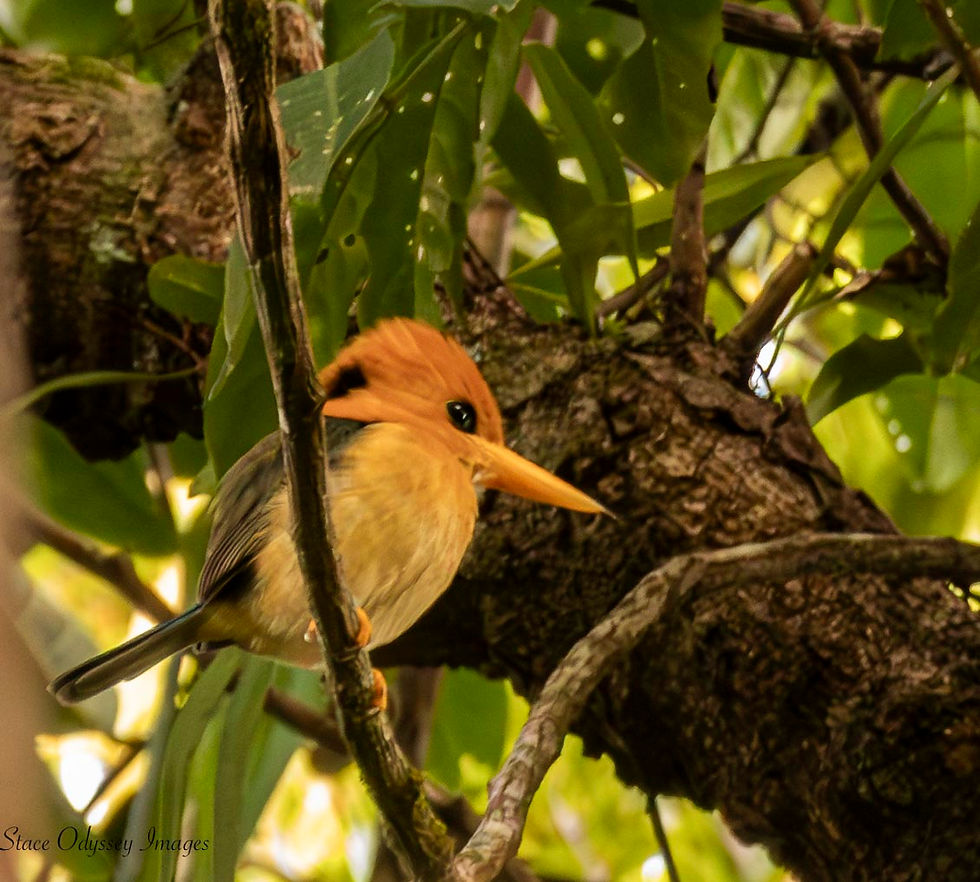
The second part of our birding tour in Far North Queensland took us north from Mossman up into the Cape York Peninsula. Our ultimate destination was Kutini-Payamu (Iron Ranges), which is a premier birding hot-spot in Australia. This 700km journey was broken up with stops at some iconic Queensland cattle station roadhouses for refreshments and other great spots for wildlife viewing.
Mossman to Musgrave Roadhouse
Our drive north towards the Musgrave Roadhouse took us through some majestic inland mountain ranges near Palmer River, swathed in the colours of outback Australia - red, gold and green, whilst spotting a dingo in the grass along the way. It was a great start to our journey.
Artemis Station
Just south of our overnight destination, we stopped at Artemis Station to spot the rare and beautiful Golden-shouldered Parrot. This unique and beautiful little bird excavates a nest chamber in termite mounds on Artemis Station post wet season. Wildlife photographers and bird observers rate this property as the best place to obtain images of this rare and endangered parrot. Whilst Artemis Station is a working cattle property it is also a wildlife sanctuary that has protection agreements with the Queensland Government that date back to the 1990's. Most of the birds that we saw and photographed were juveniles, so their glorious turqoise plumage is not yet on show. It was heartening to find so many young parrots in this small pocket of tropical savannah in north-east Australia.
On the journey up the Cape, we were able to spot a wide variety of savannah and woodland birds, including the Great Bower Bird and the rare Red Goshawk, sitting on her nest (top row, middle image). This rufous-toned goshawk is the rarest raptor in Australia. We also saw some Black Flying Foxes, which are predominantly found in coastal areas in northern Australia.
Musgrave Roadhouse
Our overnight stay was Musgrave Roadhouse which is situated on Saltwater Creek, about 280km north-west of Cooktown. Musgrave was originally built as an overland telegraph station in 1887. It's hard to imagine what life was like in this part of Australia in those pioneering days! It was a great place to relax with a cold glass of ale and a hearty pub meal along with fellow travellers, nomads and big-rig long-haul truck drivers.
Kutini-Payamu
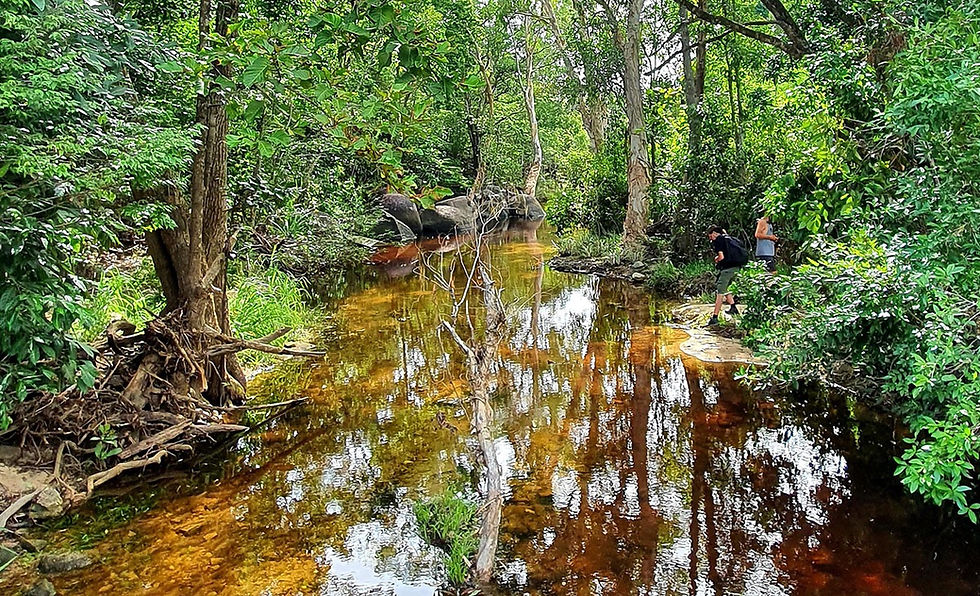
The next day, we started out on our 360km journey north to Lockhart River in Kutini-Payamu (Iron Ranges) National Park. Our accommodation destination was the Greenhoose, providing cosy cabins set amongst lush tropical rainforest and surrounded by National Park. Meals were served on a lovely open-deck overlooking the rainforest.
Birdlife International has classified the Iron Range and neighbouring McIlwraith Range as an Important Bird and Biodiversity Area (IBA) for globally threatened species, restricted range species and biome restricted species. So it's a very popular spot for bird-watchers and wildlife photographers.
The National Park is also of international significance as it contains the largest remaining area of lowland rainforest in Australia. Surrounded by drier eucalypt and paperbark forest, the rainforest is a refuge and stronghold for birds also found in New Guinea, but with a restricted distribution in Australia. It supports the vibrant eclectus parrot, which lives only in the Iron and McIlwraith ranges between the Pascoe and Rocky rivers, the raucous palm cockatoo and the magnificent rifle-bird. Kutini means cassowary and Payamu means rainbow serpent. These are important stories for the Kuuku Ya’u (Kanthanampu and Kungkay) people, the Aboriginal Traditional Owners of this park.
Our days were spent wandering through the diverse habitats of tropical rainforest, wetlands, paperbark forests, long sweeping beaches, rocky outcrops and coastal heath to find these special birds. We saw many and photographed some, and it was an inspiring and joyful experience.
The National Park provides some wonderful camping areas in the lush rainforest, criss-crossed with babbling creeks and the musical sound of birdsong, as well as spacious beachfront camping at Chilli Beach. Warning to campers - beware falling coconuts!
Birds of Far North QLD
Of particular note is the Yellow-billed Kingfisher, Rose-crowned Fruit Dove, Palm Cockatoo, White-faced Robin (with fledgling), Frilled-neck Monarch and Eclectus Parrot. The female Eclectus Parrot was perched in her nesting hollow (bottom row).
Whilst we didn't get marvellous sightings or photos of the Palm Cockatoo, here is an image of these truly magnificent birds, courtesy of the Greenhoose website:
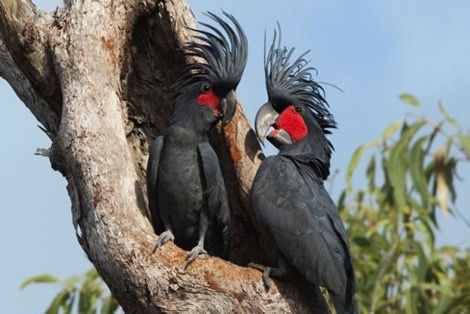
Portland Roads Community
Our final afternoon was spent in the Portland Roads community. Portland Roads sits on a small headland facing a naturally protected bay, frequented by visiting yachts cruising the coral coast. It is one of the most beautiful and pristine locations in Cape York, Australia, surrounded by lush rainforest. After a walk and a fabulous dinner at Out of the Blue Cafe, overlooking the Coral Sea, we did some night-spotting and found a spectacular Green Python.
Next stop - the islands of the Great Barrier Reef.
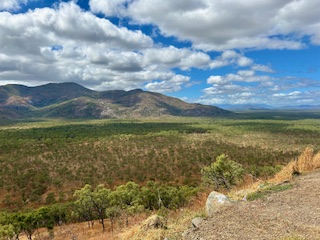


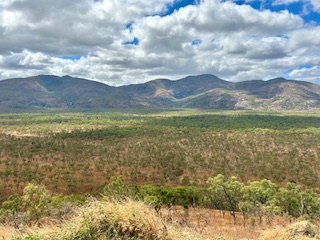
















































































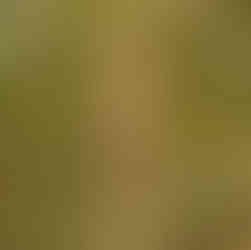










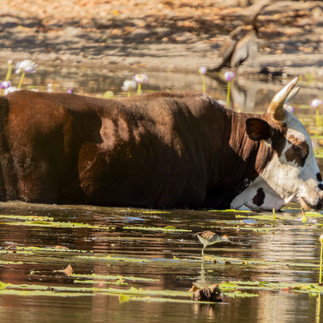






























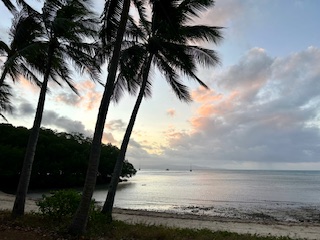


Comments